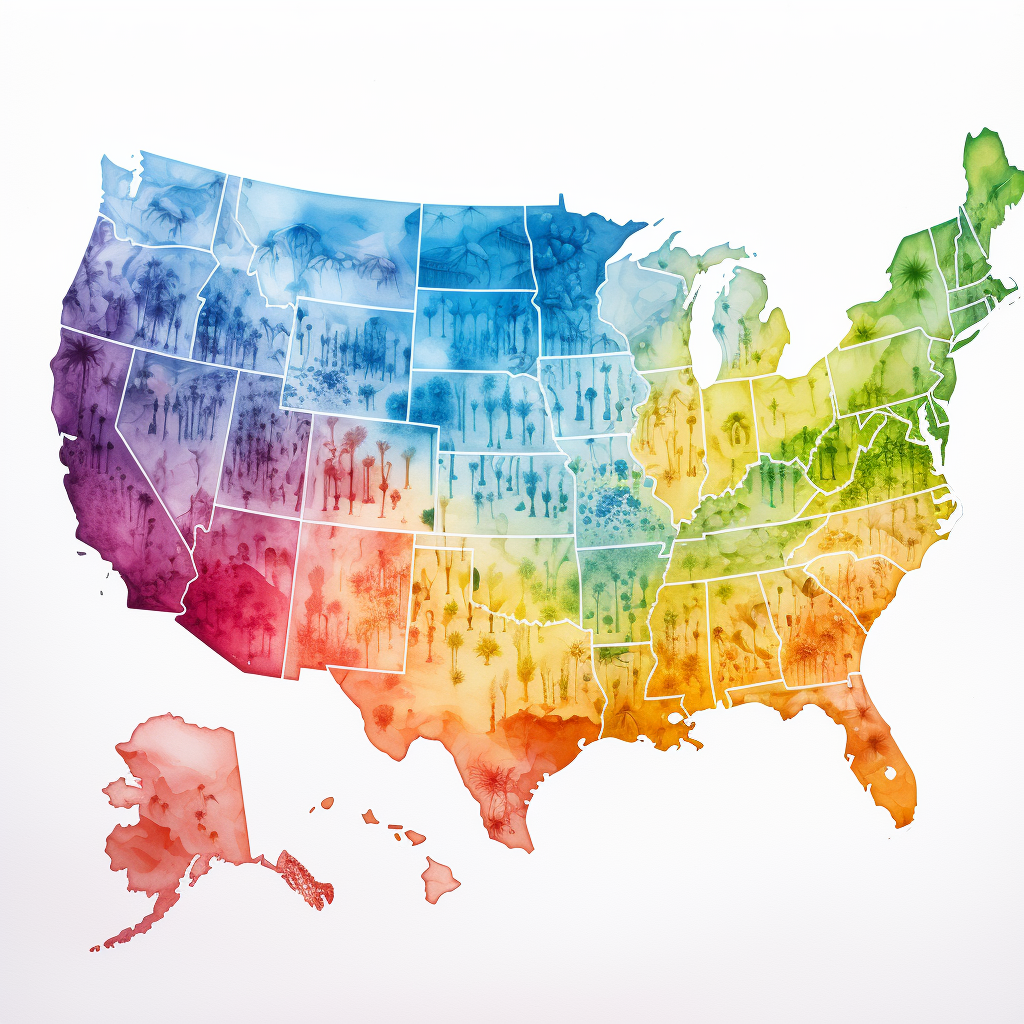Wondering what planting zone zip code you’re in? Looking for a quick, easy way to determine your plant hardiness and get started with gardening? Look no further – here are a few websites that will help you uncover your zip code’s planting zone, and why you may also need a couple other pieces of data to make the most of your garden.
Your USDA zone
Your USDA grow zone helps you determine which plants can survive in your general area. This can help you avoid wasting time, money, and resources and plants that aren’t likely to do well in your garden.
The USDA map is an easy-to-use resource that can help you uncover your zip code’s planting zone. Start by entering your zip code at the search bar on the map, and the website will generate a designated zone for you.
https://planthardiness.ars.usda.gov/
Your Frost Dates
Probably more important for day-to-day home gardeners than grow zones is frost dates. Your frost dates will tell you when the last expected spring and first expected fall frosts are for your area.
Knowing this information can help you determine:
– when to start seeding, planting, transplanting, and harvesting each year
– when to cover or move plants indoors to protect from frost
– choose appropriate plants
– not spend money on fertilizer or other resources on plants that won’t survive a frost
– avoid planting too late or early in the season so you don’t lose plants
Rooted Reminders calculates this (and then plans your gardening calendar around it) or you can find (and calculate dates for plants individually) via almanac.com.
Your AHS Heat Zone
In addition to USDA plant hardiness zones, it’s important to also consider your area’s heat zone.
The AHS Heat Zone Map is based on the average number of days each year that a region experiences “heat days” – defined as days with temperatures above 86°F (30°C). The map is divided into 12 zones, ranging from Zone 1 (less than 1 heat day per year) to Zone 12 (more than 210 heat days per year).
Plants have different temperature requirements for optimal growth, and selecting plants that are adapted to your heat zone can help ensure their success in your garden or landscape. For example, if you live in a hot and humid climate with long summers (such as Zone 9 or 10), you may want to choose plants that are heat- and drought-tolerant, such as cacti, succulents, or native plants that are adapted to your local conditions.
By selecting plants that are adapted to your heat zone, you can reduce the risk of plant stress, disease, and failure due to temperature extremes. You may also be able to conserve water and reduce maintenance by selecting plants that are well-suited to your local climate.
Knowing your zip code’s planting zone, frost dates, and AHS heat zone can be incredibly helpful to home gardeners. Planting zone helps determine which plants can survive in the area, frost dates reveal when to start seeding and harvesting for optimal success, and the AHS heat zone map shows which plants are best suited for the climate’s temperature extremes. By understanding these pieces of data, home gardeners can save time and money while helping their plants thrive.

